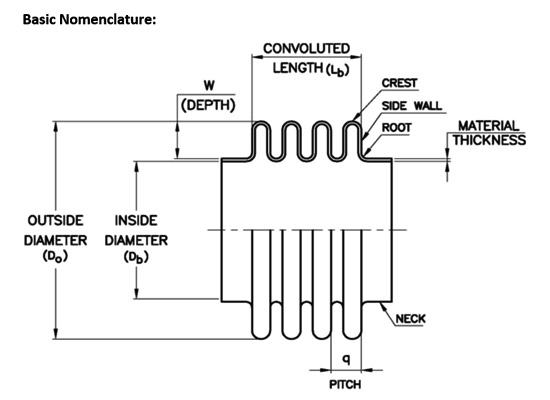
Expansion Joints / Expansion Bellows Manufacturers
We are Manufacturer, Supplier, Exporter of Expansion Joints, Expansion Bellows and Our set up is situated in Pune, Maharashtra, India.
Basics of Expansion Joints design
Expansion Joints are designed based on following parameters.
1. Material
2. Movement - Axial/lateral/Angular/Vibration
3. Temperature - Operating and Design
4. Pressure - Operating and Design
5. Spring Rate - Axial/lateral/Angular
6. Media
7. End Fittings
Expansion Joints Manufacturers Association (EJMA)
1. Currently EJMA version 10
2. Parameters entered
I. Material
II. Movement - Axial/lateral/Angular/Vibration
III. Temperature - Operating and Design
IV. Pressure - Operating and Design
V. Pitch and Depth.
VI. Sheet thickness and No. of plys.
VII. No. of convolutions
3. Cycle Life
Types of movements covered in Bellows Expansion Joints design.
Axial:
• Centerline remains in its original position.
• Expansion joint length increases/decreases only in in the direction of centerline
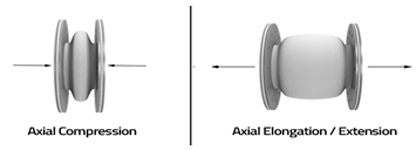
Lateral:
• Centerline moves at a certain degree with respect to its original position
• Flange faces stay parallel to each other
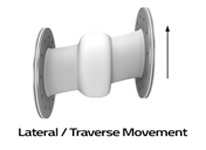
Angular :
• Centerline creates an arc while the flanges create angle to each other.
• Expansion joint length increases/decreases as per the curvature of arc
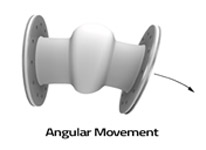
Torsional :
• The flange/bellow movement rotates in opposite direction with respect to each other.
• Flange faces stay parallel to each other.
• Expansion joints are not designed for these movements.
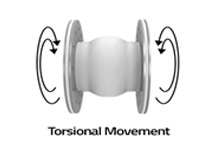
Vibrations:
Sample design sheet
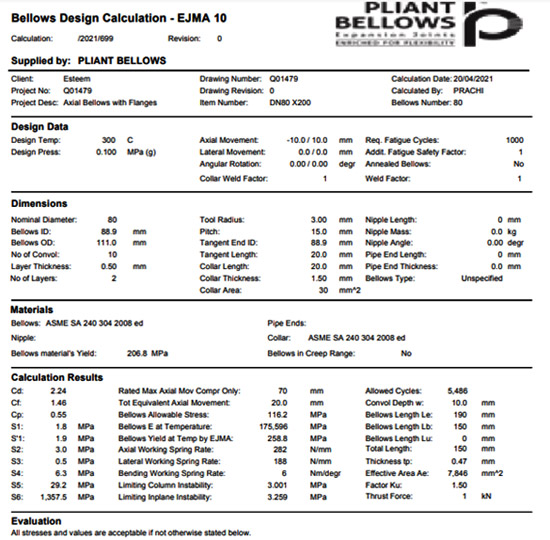
Vibrations:
Manufacturer, Supplier, Exporter, Services Provider of
- Vacuum Circuit Breaker Bellows Assembly for Gas Insulated Switchgears (GIS)
- Valve Bellows
- Bellows Couplings
- Cummins Engine Bellows
- Metallic Expansion Bellows
- Metallic / Circular Expansion Joints (Compensators)
- Pressure Switch Bellows
- Axial Expansion Joints
- Lateral Expansion Joints
- Hinged Expansion Joints
- Universal Expansion Joints
- Gimbal Expansion Joints
- Inline Pressure Balanced Expansion Joints
- Elbow Pressure Balanced Expansion Joints
- Expansion Joints for Defense
- Metal O Rings
Address
- Phone:
- + 91 - 70289 97949
- Phone:
- + 91 - 96999 06457
- Phone:
- + 91 - 98904 54224
-
Address: Final plot no.38/1 Ramtekdi Industrial Estate Hadapsar, Pune - 411013, Maharashtra, India.
OFFICE HOURS:
9 AM - 5.30 PM (Weekly Off: Thursday)

